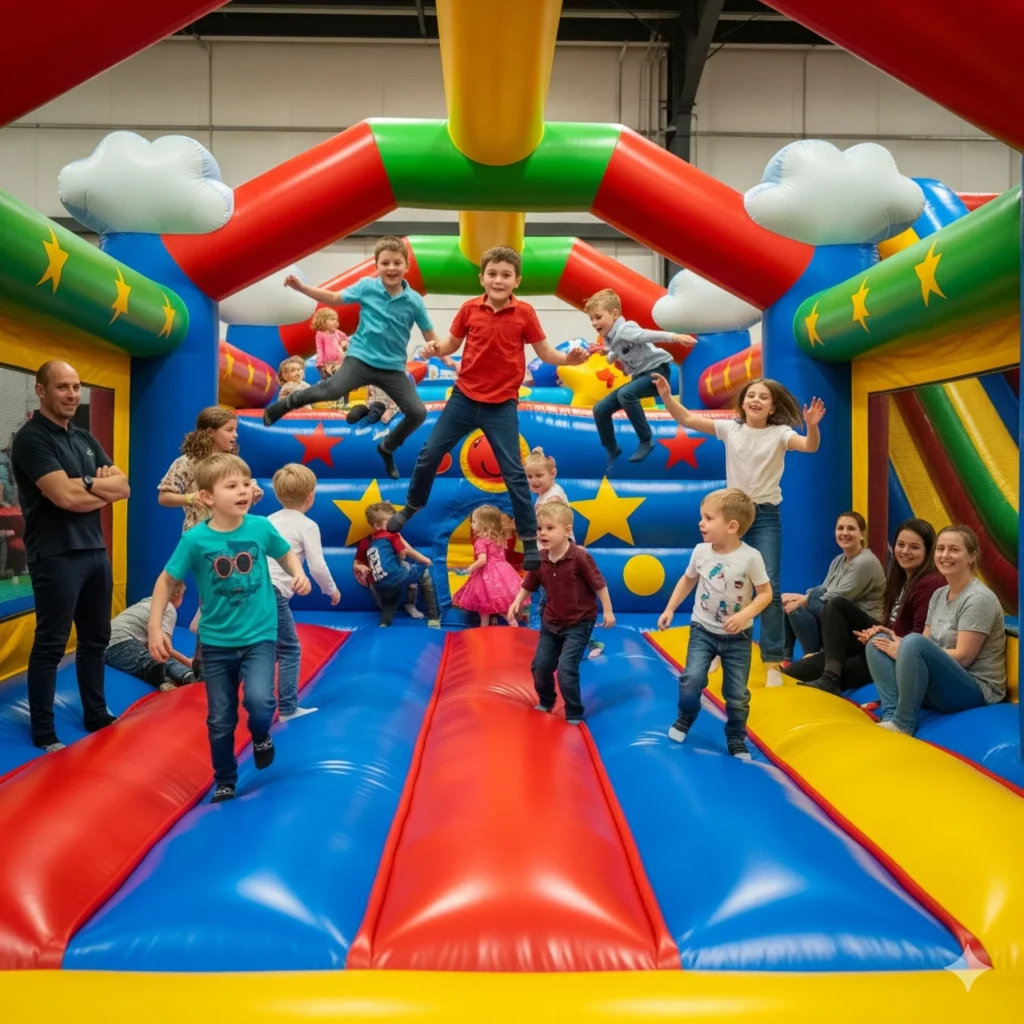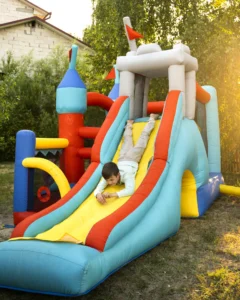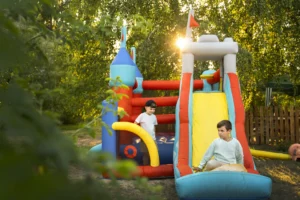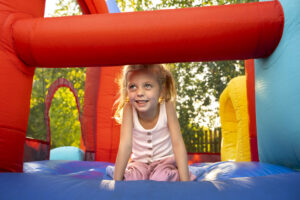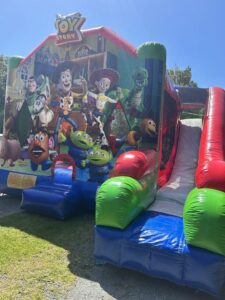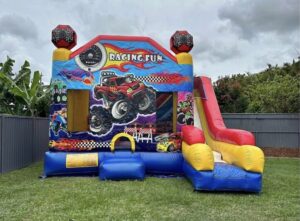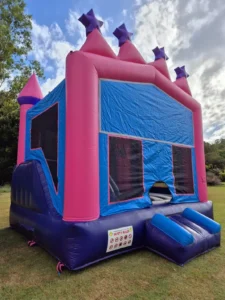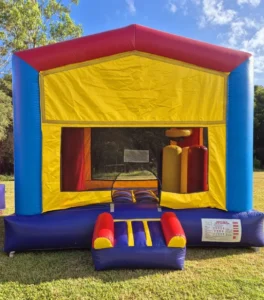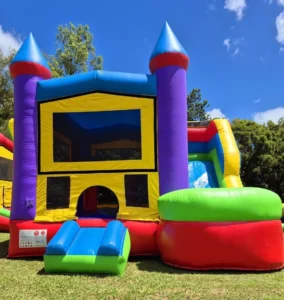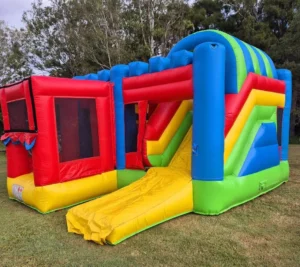Yes, you can safely use a bounce house indoors with proper planning and precautions. Make sure you have enough ceiling height, secure the unit with sandbags or anchors, and always supervise play to prevent injuries. Indoor bounce houses are a fun, weather-proof option for parties and everyday play, as long as the setup is done right.
Can You Use a Bounce House Indoors? Why Choose an Indoor Bounce House
A rainy weekend doesn’t have to put a stop to your kids’ playtime. An indoor bounce house can turn a dreary day into hours of fun. Many parents wonder if it’s safe and practical to use a bounce house indoors, and the answer is yes, as long as you plan carefully. Indoor bounce houses shield your little ones from bad weather and offer a controlled environment that is perfect for smaller gatherings or birthday parties.
According to a study by Happy Jump, families appreciate the convenience and predictability of indoor setups. Without worrying about rain, wind, or uneven ground, you get to enjoy stress-free fun. Plus, indoor bounce houses provide privacy, allowing you to control the noise and duration of the party without outside interruptions.
However, there are a few things to consider before bringing a bounce house inside. Make sure you have enough space with a high ceiling to accommodate the bounce house safely. Clear the area of any sharp or breakable objects and ensure the floor is suitable. Carpet or mats can help cushion any falls. Also, check that the venue’s ventilation and electrical outlets can support the bounce house blower.
With the right preparation, an indoor bounce house can create a memorable, safe, and weather-proof celebration that kids will love whether it is rainy or sunny outside.
Check your space and anchoring
Before you bring any inflatable inside, measure the room, especially the ceiling height. You need enough clearance so the bounce house’s top does not touch lights or fans. Many venues recommend a minimum of one to two feet of space above the highest point of the inflatable, which helps prevent damage and accidents.
Anchoring matters too. Even indoors, an inflatable can shift if kids bounce near a side. Some bounce houses include loops where you can attach weights or sandbags. According to the Consumer Product Safety Commission, one of the best ways to avoid inflatable accidents is to follow the manufacturer’s anchoring requirements, even if the law in your state does not officially enforce it. If you have a bigger inflatable with a slide, think about having two adults present to supervise and handle any shifting right away.
Consider pros and cons
You will find a few unique advantages when you bring a bounce house indoors:
- You are no longer worried about harsh weather.
- You have better security with controlled entry and exits.
- You can decorate the room to match party themes.
On the flip side, indoor setups can present challenges:
- Limited space might cram children too close together.
- Noise might be more noticeable if bouncers are near living areas.
- Some states or local regulations might restrict commercial inflatables in certain settings. For instance, Ohio prohibits bounce houses in licensed child care centers (Ohio Revised Code).
Weighing these points helps you decide if the pros eclipse the possible headaches for your gathering.
Follow essential safety tips
Nationwide Children’s Hospital reports that more than 30 children a day visit emergency departments for inflatable-related injuries, so a few thoughtful steps can lower those risks (Nationwide Children’s Hospital). Good news, these safety measures are simpler than you might think:
- Inspect the bounce house before inflating. Look for any tears or loose seams.
- Remove sharp or bulky objects (like toys, shoes, or jewelry) that children might carry inside.
- Make sure the power cord runs safely along a wall or taped down so kids do not trip.
- Limit the number of children inside at once. It keeps collisions down and prevents excessive strain on seams.
- Assign at least one adult to stay nearby throughout playtime. Constant supervision can quickly address roughhousing or other hazards.
If you want more ideas for a safe indoor setup, you can explore our indoor bounce house resources, which offer practical tips and tools.
Can you use a bounce house indoors? Stay there!
Absolutely. With the right planning, you can enjoy a bounce house inside without a lot of stress. Remember to measure carefully, anchor the unit securely, and follow common-sense steps like removing sharp items and capping the number of jumpers. Indoor bounce houses bring the party inside, letting your kids bounce and laugh in any weather. When you are ready to give it a try, look at your available space, double-check local rules, and gather a small team of adults to supervise. A little planning sets the stage for a fun, worry-free event that delights both you and your children.
Ready to Bounce? Book Your Castle Today!
Bring unforgettable joy to your next event. It’s free delivery, easy setup, and zero deposit needed. Whether you’re planning a backyard birthday, school fair, daycare learning activities, or neighborhood party, our safe, colorful jumping castles are waiting.
Choose from popular options like our Rainbow Combo, Monster Truck Combo, or Jungle Obstacle Course for endless fun!
Serving Gold Coast, Logan & Beaudesert, plus Northern NSW with competitive delivery charges. Contact us now or submit your booking in just seconds!
Frequently Asked Questions
1. Can you have a bounce house at a park?
Yes, you can usually have a bounce house at a park, but it depends on the park’s rules and permits. Many parks require you to get permission or a permit before setting up a bounce house. It’s important to check with the local parks department, follow their guidelines, and make sure the area you choose is safe and flat for setup.
2. How much are jumping castles?
The cost depends on size, theme, and whether you’re renting or buying. Rentals typically range from AU$100–AU$500 per day, while indoor bounce houses for sale can start around AU$150 for smaller units and go up to several thousand for larger, commercial-grade models.
3. How to secure a bounce house indoors?
To secure a bounce house indoors, use heavy-duty sandbags or weights (40–60 lbs each) at all anchor points, attaching them securely to the bounce house’s built-in D-rings or straps. Place the unit on non-slip flooring like rubber mats or foam tiles to prevent sliding on smooth surface
4. Is it safe to run a bounce house inside?
Yes, running a bounce house indoors can be safe if you follow key precautions. Ensure there is enough space and ceiling height, clear the area of sharp or breakable objects, anchor the bounce house securely, and limit the number of jumpers to avoid overcrowding. Proper supervision is essential to keep kids safe while having fun.
5. How to set up a bounce house indoors?
To set up a bounce house indoors, first measure your space to confirm the bounce house fits comfortably with extra room around it. Clear the area of furniture and sharp objects, and place mats or carpet underneath for extra cushioning. Make sure there is access to an electrical outlet for the blower, and check ventilation. Secure the bounce house by anchoring it to heavy furniture or weighted anchors since you can’t stake it indoors. Finally, have adults supervise the play to ensure safety.
Key takeaways
- Verify you have enough ceiling height and extra space around the inflatable.
- Secure the bounce house with weights, anchors, or sandbags.
- Inspect seams and surfaces, and remove objects that could tear the fabric.
- Keep an adult on supervision duty at all times.
- Double-check local rules on indoor inflatables to avoid surprises.

